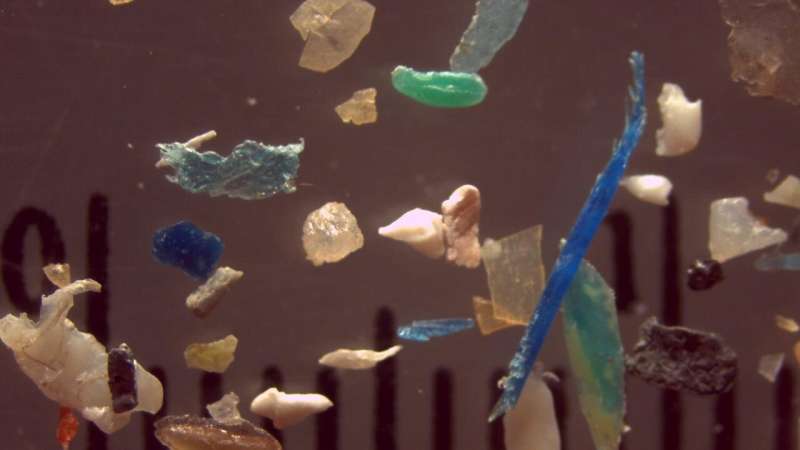Sounding the alarm on microplastic pollution
Source: https://phys.org/news/2023-02-alarm-microplastic-pollution.html
Author: Robb Frederick
New research at the University of California, Irvine, and in the Netherlands found microplastics in volunteers' lungs and blood. Other studies have found plastic particles in hair samples and fingernail clippings. "There is absolutely no doubt this material is getting into our bodies," says Mason, who is now the director of sustainability at Penn State Behrend, in Erie, Pennsylvania. "What we don't yet fully understand is what it's doing to us." Microplastic fibers, which are believed to be associated with polymers in clothing, including fleece, are more likely to attach to or entangle in the body, due to their elongated shape, Mason says. She has found plastic fibers attached to the digestive systems of fish. Plastic particles enter our bodies when we drink, when we eat, and even when we breathe, Mason says. Most are too small to see. Much of that plastic begins as packaging: grocery bags, water bottles, and take-out s. Since the 1950s, when the material was introduced, approximately 10 billion metric tons of plastic waste has been generated, according to the United Nations Environment Program. Less than 10% of that has been recycled. As plastic enters the environment, including water systems, it often drifts, moved by currents, runoff, and prevailing winds, degrading into ever-smaller pieces.

